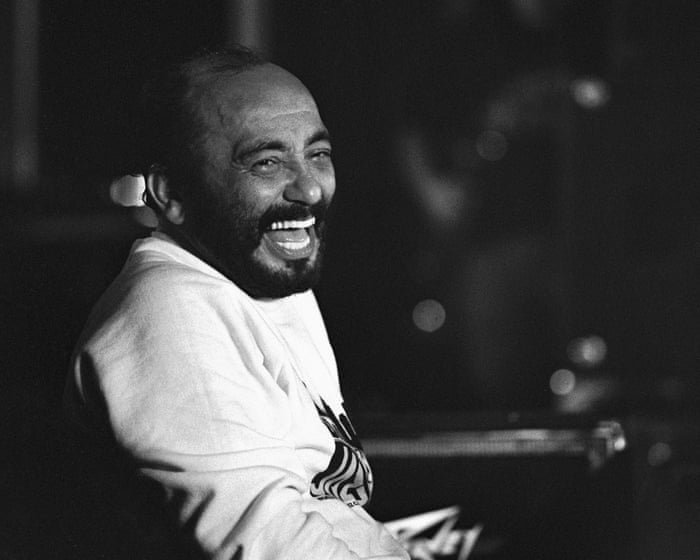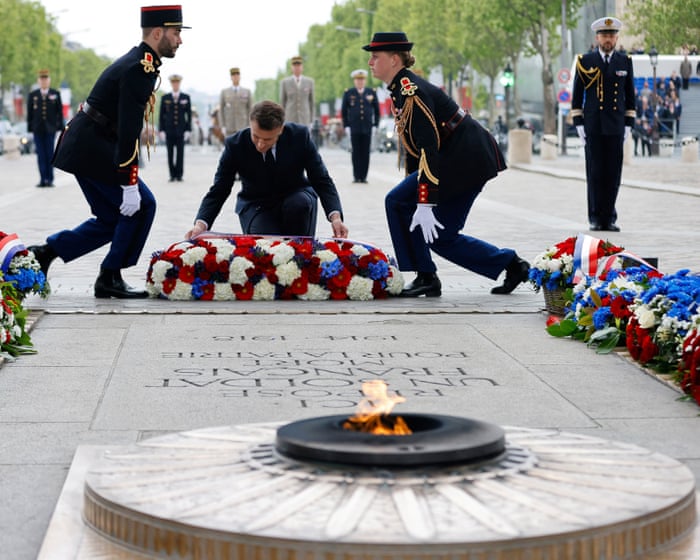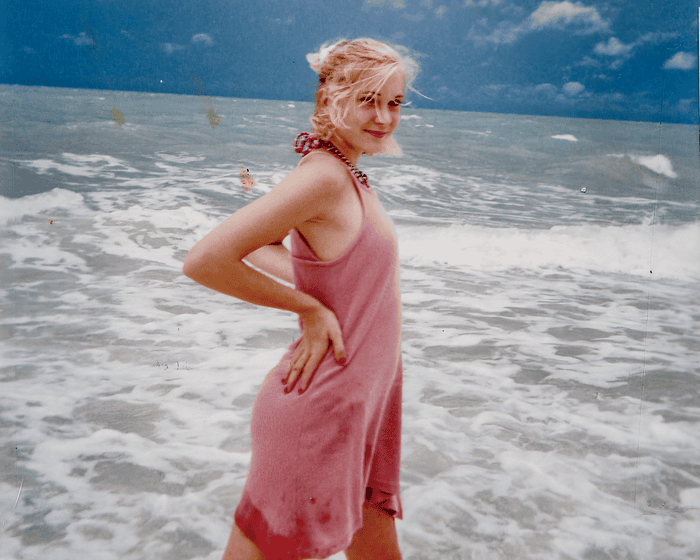Twenty years ago, I watched Eddie Palmieri approach his piano, his face glowing with joy and excitement. The moment he started playing, I understood why. Calling this Puerto Rican New Yorker a thrilling performer doesn’t do him justice—at the piano, he unleashed explosive Latin jazz with such rhythmic intensity that it reminded me he began his career at 13, playing timbales in his uncle’s band. That joy, that fearless energy in his music, defined his long and brilliant career.
To me, Palmieri was one of postwar America’s true musical revolutionaries, standing alongside legends like Muddy Waters, Miles Davis, Aretha Franklin, and Dolly Parton. He reshaped a genre and pushed its boundaries. Fans and fellow musicians called him “El Maestro,” and this compact, grinning force of nature—always with a mischievous spark in his eye—never failed to deliver.
Born to Puerto Rican parents in Spanish Harlem and raised in the Bronx, Palmieri grew up surrounded by Latin music from Mexico, Puerto Rico, Venezuela, and especially Cuba, alongside the jazz and blues of his African American neighbors. He started piano lessons at eight—his older brother Charlie was already a star in Latin ballrooms by high school—and by his teens, Eddie was leading his own band and playing with greats like Tito Rodriguez. Inspired by Thelonious Monk and McCoy Tyner, he studied harmony and expanded the sound of Latin big bands.
Eddie’s playing was bold and unconventional, blending modern jazz with Latin rhythms. His adventurous spirit influenced jazz, Latin, and funk musicians alike, and his generosity as a bandleader drew young talent to him. Artists like Celia Cruz, Willie Colón, and Herbie Mann valued his skills as a sideman.
With a career spanning decades, it’s hard to pick highlights, but his 1965 album Azúcar pa’ Ti with La Perfecta was groundbreaking. It helped define New York salsa, and its eight-minute title track broke jazz radio’s three-minute format—thanks in part to label owner Morris Levy’s mob connections. The album also introduced Eddie’s signature style: playing a syncopated montuno with one hand while soloing with the other.
In 1970, he and Charlie formed Harlem River Drive, fusing Latin and funk with musicians like Bernard Purdie and Cornell Dupree. Their 1971 album became hugely influential, inspiring bands like War and later acid jazz DJs in the UK.
By 1974, The Sun of Latin Music won Eddie the first-ever Grammy for Best Latin Recording, showcasing his blend of jazz improvisation and Latin rhythms. He experimented with modal jazz, feedback, and tape loops—always innovating without losing his Latin roots.
Though he helped create salsa, Eddie never stayed in one lane. He kept experimenting, collaborating with artists like Cal Tjader, La India, Tito Puente, and his brother Charlie. His music was alive, restless, and endlessly creative—just like the man himself.Eddie Palmieri is a true master. His bold, adventurous spirit earned him a spot on the 1997 Nuyorican Soul album by Masters at Work—a groundbreaking project that fused New York’s Latin sounds with house music and introduced Palmieri to a fresh audience. But Eddie wasn’t about to stick to Latin house—he kept pushing boundaries, and his 2017 album Sabiduría (“Wisdom”) stands among his best work.
I had hoped to see Palmieri perform again someday, but at least I’ll always remember watching El Maestro attack his piano with wild passion, this Nuyorican sorcerer blending jazz and Latin rhythms with fiery intensity as he ventured into unexplored musical territory.




